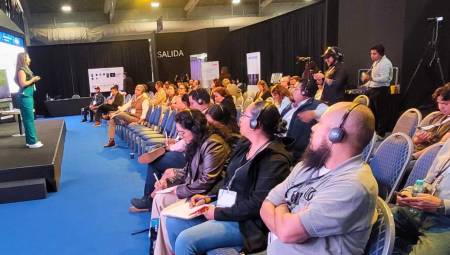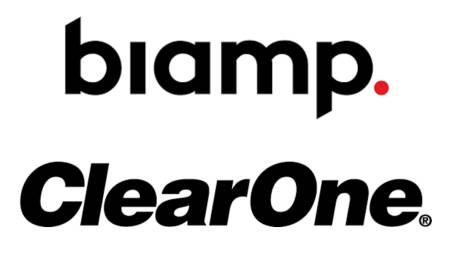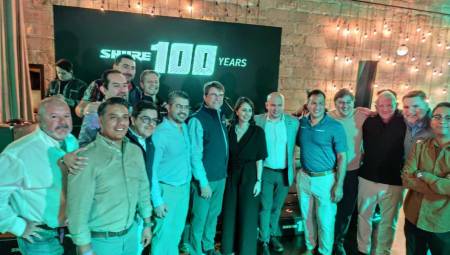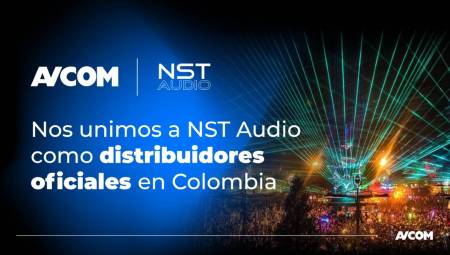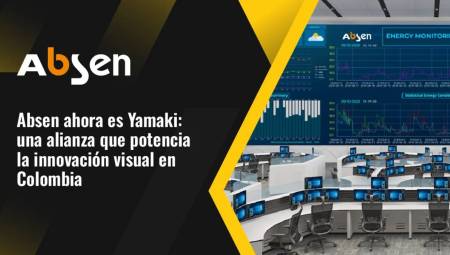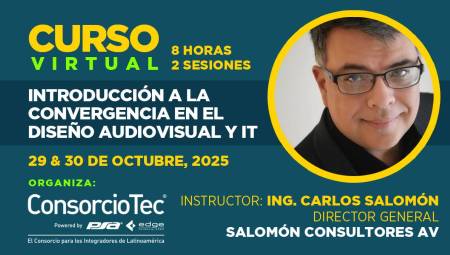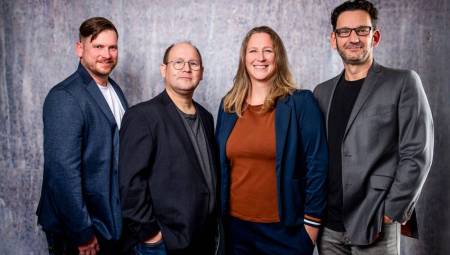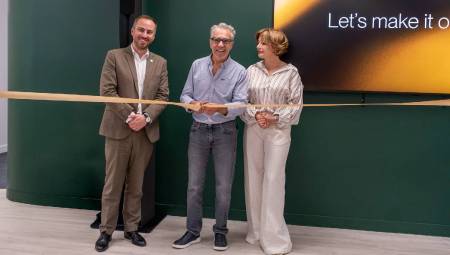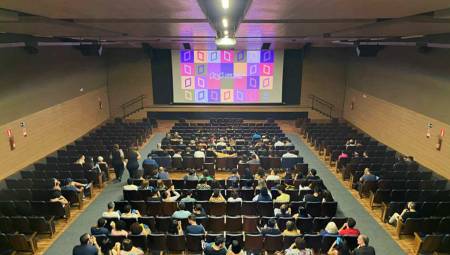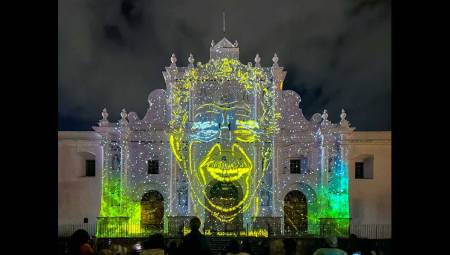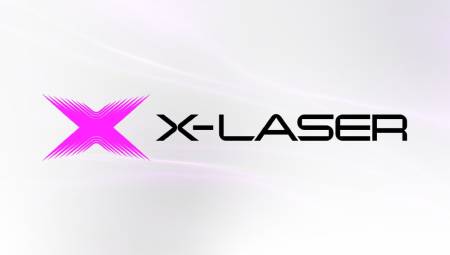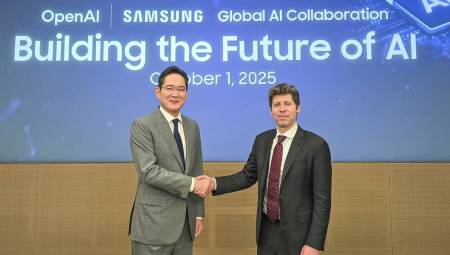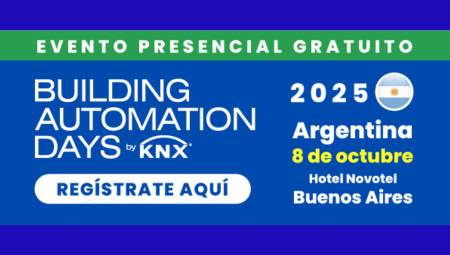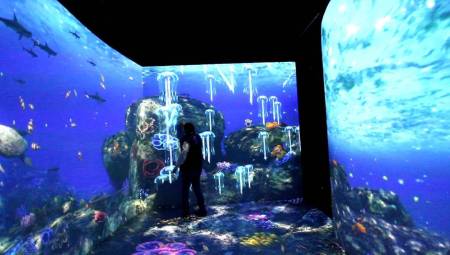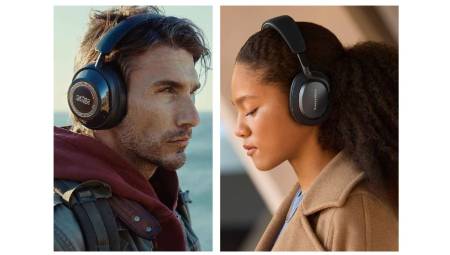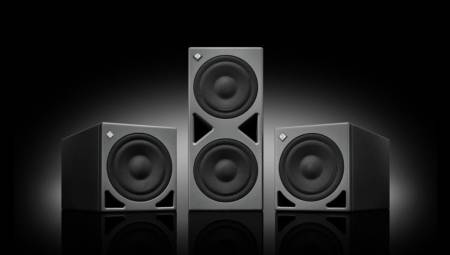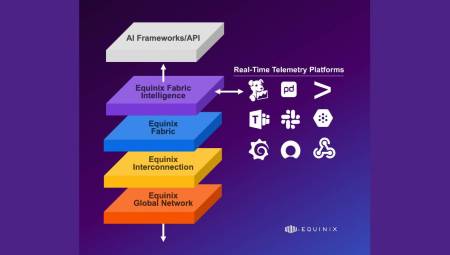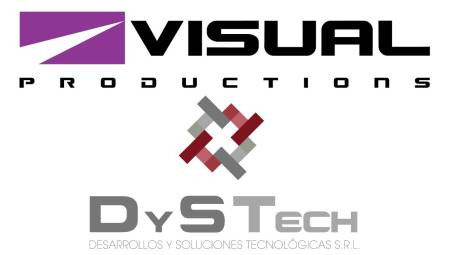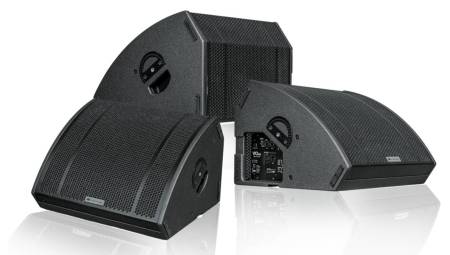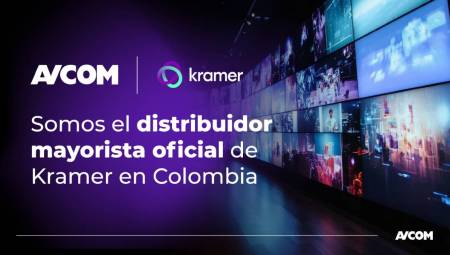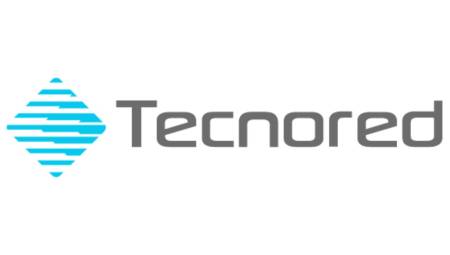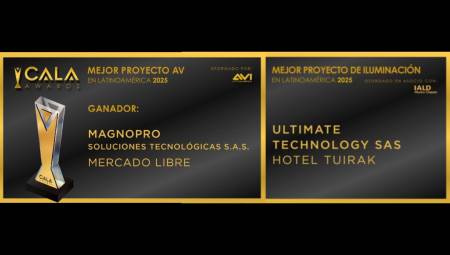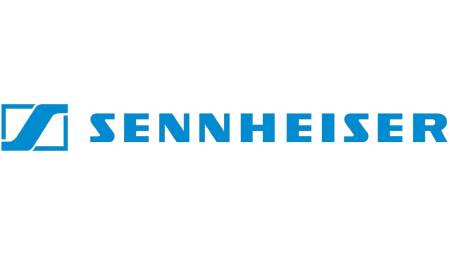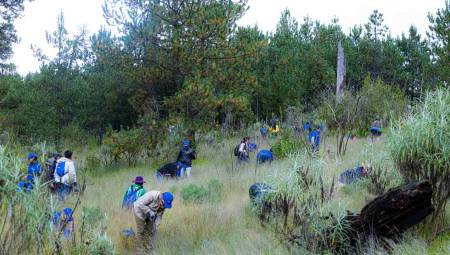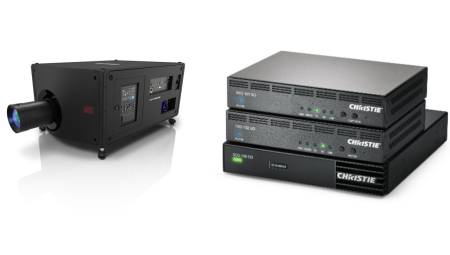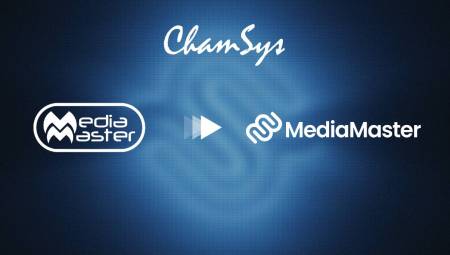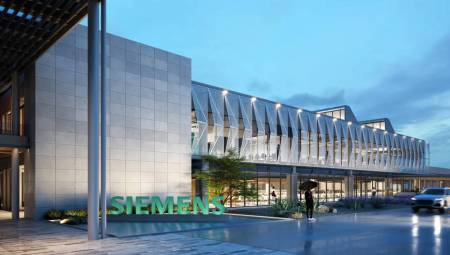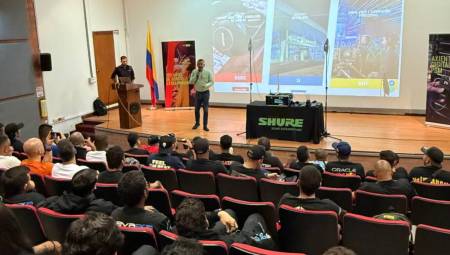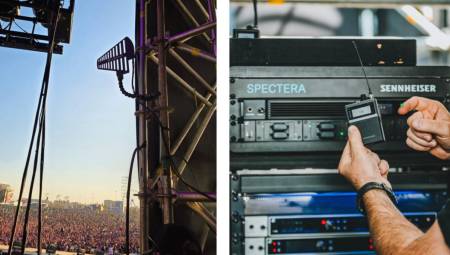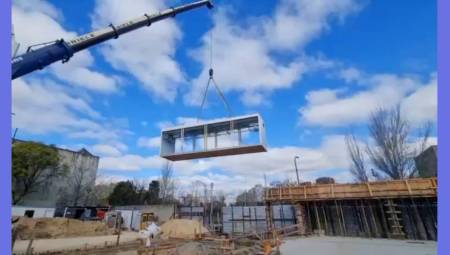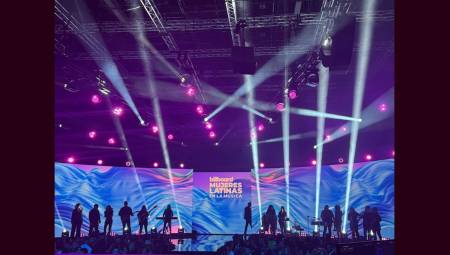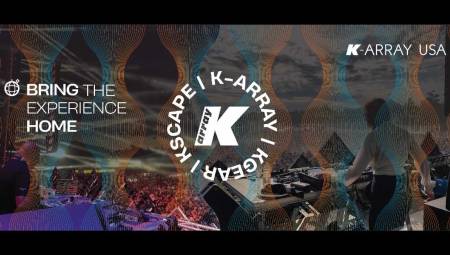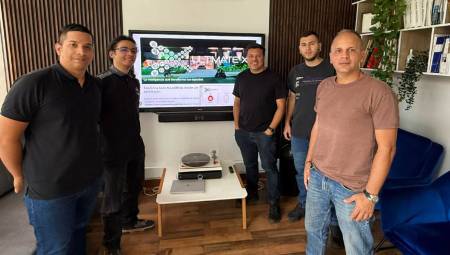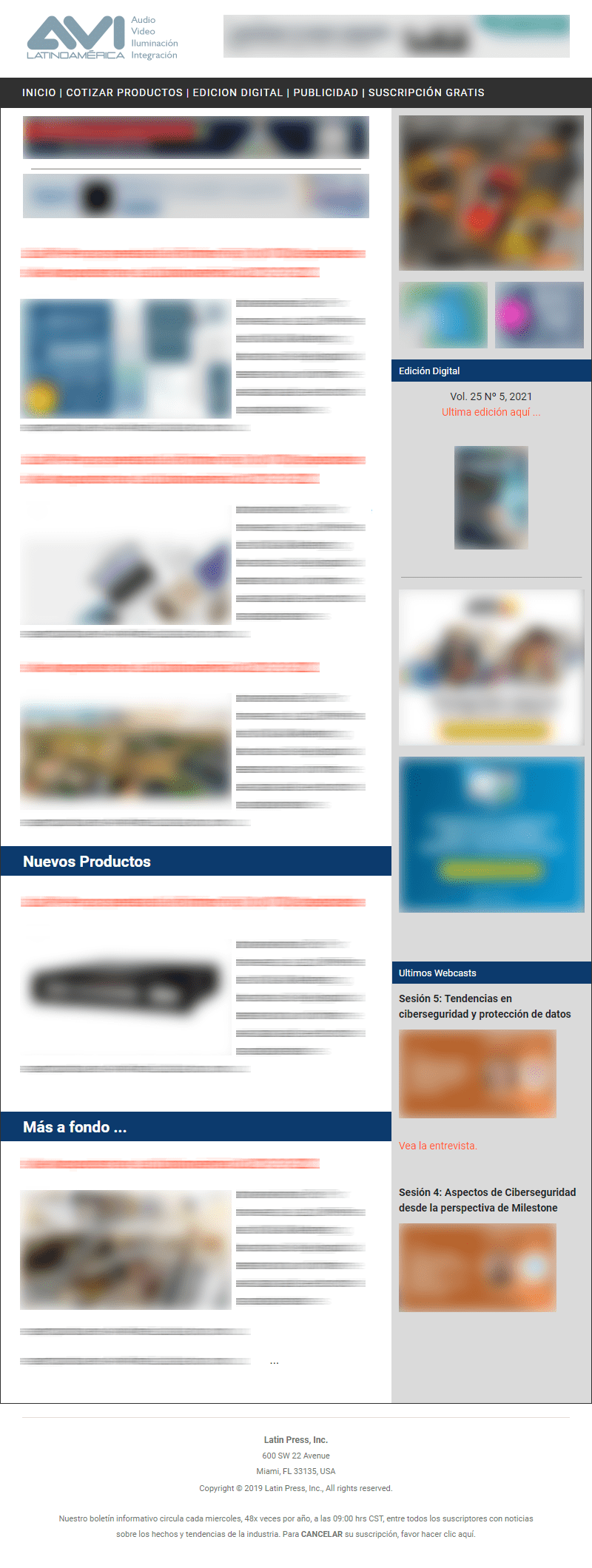 Mexico. The first transcontinental conference happened about 100 years ago. An expensive affair that required seven years to implement. Nowadays, everything you need to have a conference is portable enough to fit in your briefcase... in a matter of seconds it starts to walk. How did we get here in a single century?
Mexico. The first transcontinental conference happened about 100 years ago. An expensive affair that required seven years to implement. Nowadays, everything you need to have a conference is portable enough to fit in your briefcase... in a matter of seconds it starts to walk. How did we get here in a single century?
We have taken it for granted that we can communicate with anyone, anywhere in the world, whenever we want. If more than one person is required on the line, no problem. Want video on the call? Just a webcam and everything is ready. And in most cases, this call will not cost you.
It hasn't always been this way. Long ago conferences were expensive, complicated and their quality was far from the instant communication to which we are now so accustomed.
The first conference call
On January 25, 1915, Alexander Graham Bell made a call from New York to San Francisco, where Thomas Watson responded. The inaugural call was later accompanied by AT&T President Theodore Vail from Jekyll Island and also by President Woodrow Wilson from the White House.
Making this call happen was not an easy task, in fact it took seven years to execute. When the call took place it required several telephonists in several cities just to connect it. The call lasted about 3 1/2 hours, after that, the transcontinental phone line was open to paying customers, a call over that line would cost $485 today! Remind yourself the next time you complain about having to watch an ad on Skype.
Video calls
It took another 50 years for the first video call to become a reality. During the 1964 World's Fair in New York, guests were able to access a futuristic cabin and have a video call with a stranger in a similar booth in Disneyland, California.
Sadly, once AT&T launched its commercial Picturephone service, it was a total failure. There were only 3 states that had the service: New York, Washington and Chicago. They had to book 15-minute appointments for their video calls. And they were expensive, very expensive. A three-minute call could cost $120 in today's money.
Even after 20 years, video calls were too expensive to appeal to consumers, they were destined to fail if not for a new invention, the internet.
Web Conferencing
The 1990s saw a plethora of video conferencing products based on PC platforms. Free services like NetMeeting and MSN Messenger accelerated the adoption of their consumption.
By the 2000s, high-speed internet access was a reality for more and more people. Video capture and screen technology were getting cheaper alike. When Skype was launched in 2003, it ushered in a new era of free communication through conferencing. Since then, we've seen the rapid evolution of hardware, software, and internet services that instantly make conferences for both consumers and businesses.
Conference rooms have also evolved
Not so long ago, most businesses had rooms where people gathered for conference calls. As recently as 2013, creating a fixed conference room could be quite onerous.
A whole team of professionals who occupy a whole day of work to prepare a single conference room. Although faster than the first conference call in history, but today this is still an exaggerated time.
These days, it's all about sound
Because nowadays you can make calls from virtually anywhere, sound quality has become very important. Sure, you can put your phone on speaker and have a decent quality call with a friend or two. However, for larger meetings with more participants, the phone is not the most useful. Small portable speakers are ideal for small rooms with a few colleagues, but they're not powerful enough to handle a larger room.
Of course, you usually have to choose between a portable speaker that is good enough for use with some people or if there are more interlocutors think about the possibility of bringing them all together in a single conference room. But now you can get speakers that fit inside your briefcase with which you can easily reach up to 15 people in a room. Connecting to the laptop, phone or tablet, the start-up requires no more than a few seconds, so you never have to waste time from your meeting than absolutely necessary.
From seven years to several seconds. We've come a long way in 100 years, haven't we?
Text written by Betzabeth Romero, Country Manager for Jabra Mexico.


















































